
one
two
three


Over the years, we at Royal Creations Architectural Landscaping have seen shrubs come, and shrubs go. Our favorites are hardy, last through whatever weather Mother Nature dishes out, and look great. Any of these shrubs would make a great addition to your landscape.
Some of these shrubs are evergreen and give interest all year long. Others on this list have colorful flowers, while some have leaves that turn colors in the fall. They come in many shapes, sizes, textures, and growth habits, giving them their unique personality and purpose in the landscape. All of the shrubs on this list are easy to care for once they are established and fairly low maintenance for your typical homeowner.
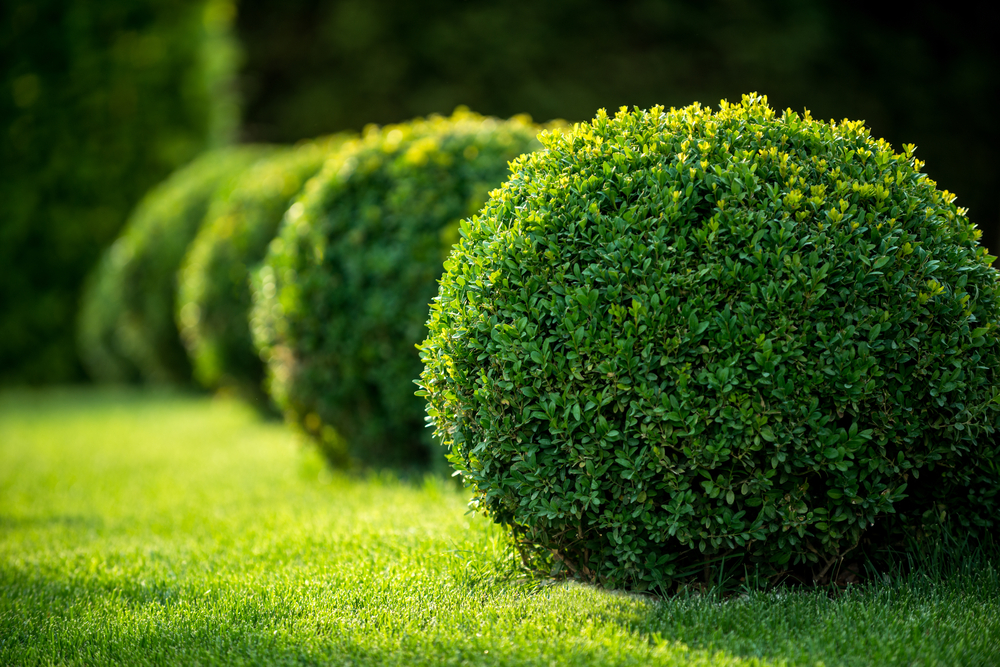
Boxwoods are a staple in the landscaping industry and are the number one selling plant for landscapes. Originally from Europe and Asia, many varieties of these shrubs are available. They are all evergreen and grow into a dense, thick shrubs. Our favorite varieties are Green Velvet and Graham Blandy. Both are very hardy, especially when established. The first winter is the most challenging, so make sure they are watered correctly. As a bonus, they are deer resistant.
Green velvet boxwoods are low, round shrubs great for small hedges. The dark green leaves hold their color all year. In the spring, light green foliage and white flowers make an appearance. These naturally rounded shrubs can be pruned into any shape you want.
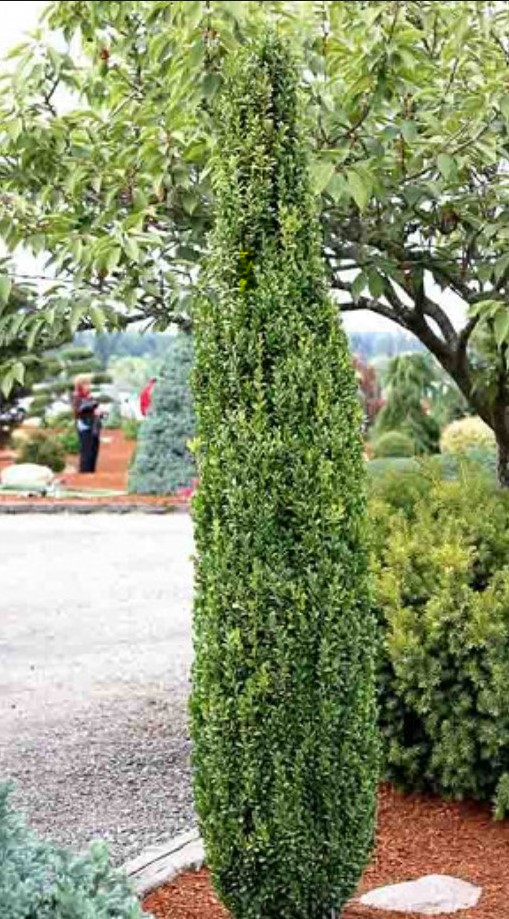
Graham Blandy boxwoods are tall, skinny-shaped evergreen shrubs that are great for flanking entryways or for screening air conditioners and meters. They are a wonderful accent shrub in the landscape to create some height in tight spaces.
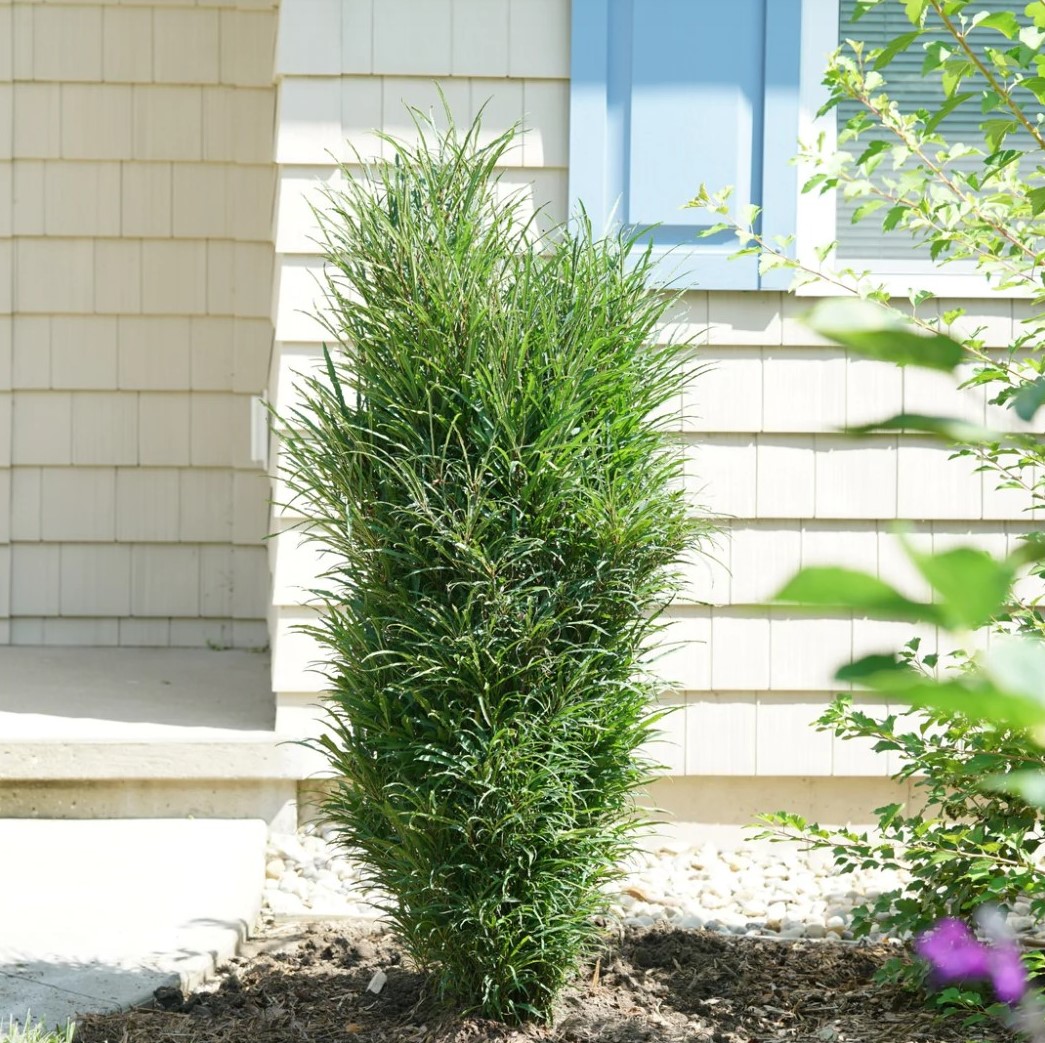
Fine Line Buckthorn is a great woody shrub for entryways and screening meters or air conditioners or even summer privacy around the pool. It is deciduous, so it will lose its leaves in the fall. However, buckthorns have a light, airy texture and are a little bit softer than boxwood. They are also less maintenance than tall boxwoods. The leaves become yellow in the fall before dropping off for the winter.
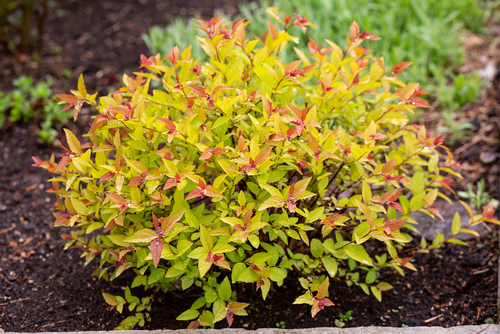
These super hardy shrubs are great to bring interest to a spot in your landscape. They are rounded and have very nice flowers. Spirea is deciduous, so they will lose their leaves in the fall. Their flowers attract bees and butterflies. Our two favorite varieties are gold swan and gold flame.
This spirea is a dense, compact shrub that can be trimmed back aggressively. In the spring, we trim it into round bowling balls, which hold their shape all year. Gold Swan has clusters of white flowers in the spring.
The leaves of gold flame spirea start out bronze tipped in the spring. They turn yellow-green and then turn red in the fall. Clusters of red flowers appear in the summer. Gold flame is a super hardy shrub.
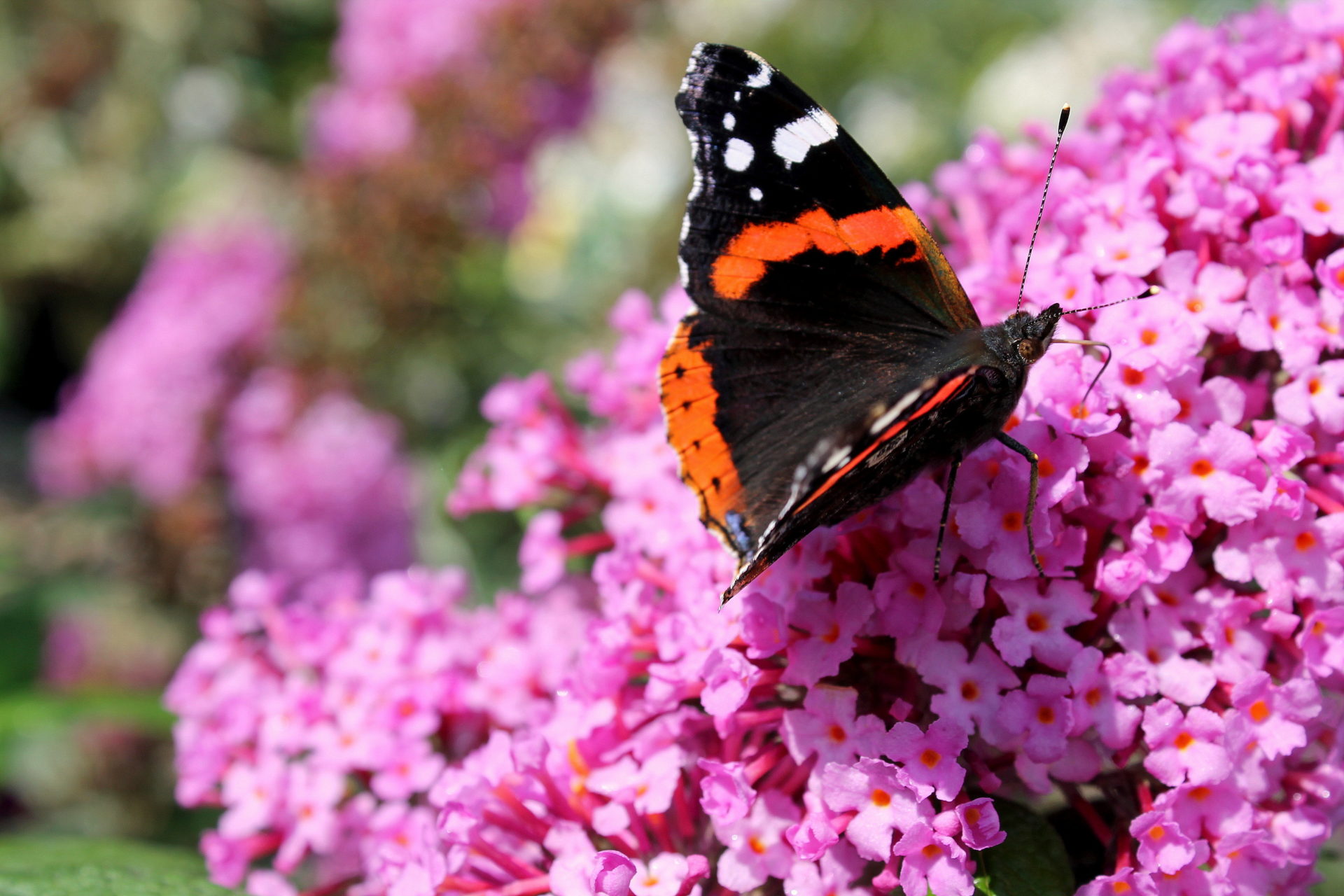
Butterfly bush is a deciduous shrub with long, narrow sage green leaves and lots of flowers. The colorful, cone-shaped flowers bloom in the summer and attract hummingbirds and butterflies in swarms. Butterfly bushes come in many colors, from pinks and purples to dark purple. Our favorite variety is Miss Molly.
The Miss Molly variety is the closest to red of any butterfly bush. Miss Molly is a fun summer shrub that looks good in any landscape.
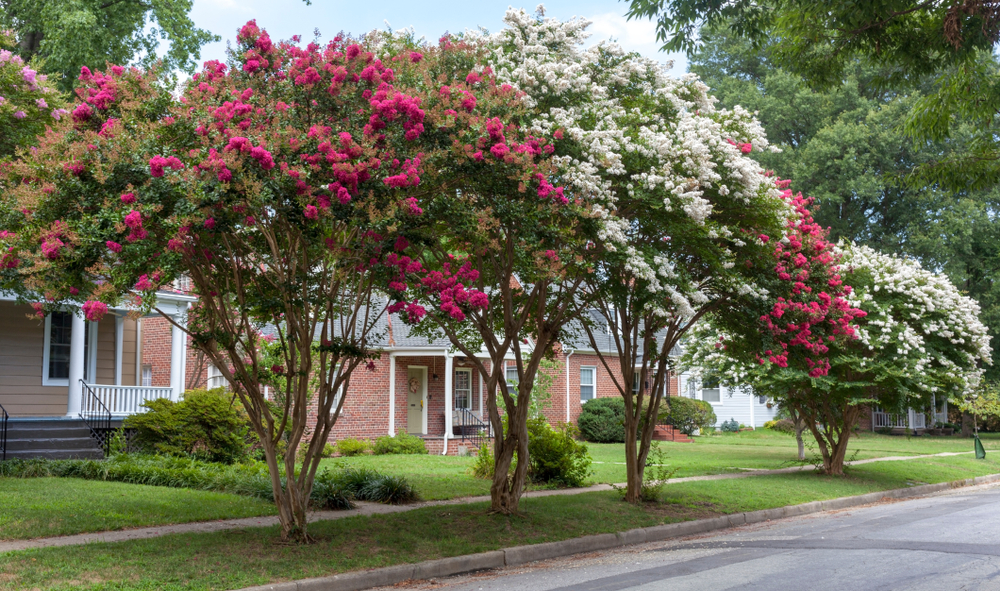
Crape myrtles come in various heights, from low dwarf varieties up to even small trees in our climate. In the south, they can grow even bigger, as you see in the image above. In the KC area, they tend to stay under 8’-10’ because of our colder climate. We have been substituting crape myrtles for roses in our landscapes because roses are having some challenges with pests and diseases. Crape myrtles leaf out in late May or June and have bright flowers in pinks, purples, and reds. They shed their thin gray bark, which adds texture and interest to your landscape. Crape myrtles often have multiple trunks. Do not give up on your crape myrtle plants in early spring, as they often don’t come out until late. Water them deep in the fall and protect them in the winter, and they will be a hardy show stopper in your garden.
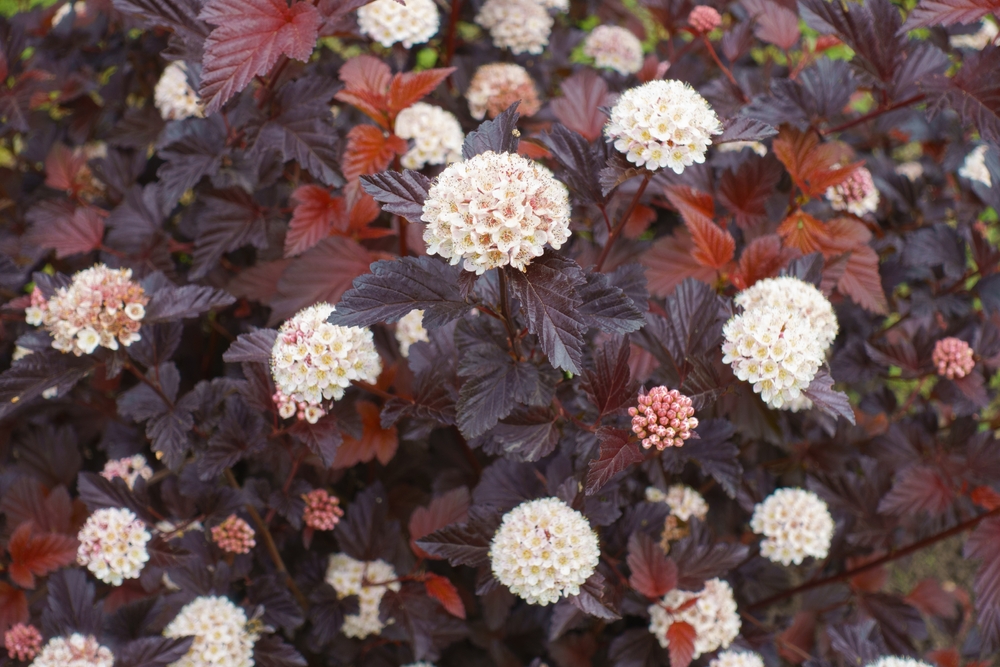
Ninebark has a nice, rounded form with small white flowers that appear in clusters in the late spring. After the flowers, red capsules appear, which turn brown in the fall and stay all winter. Ninebarks have green leaves with red highlights. The leaves turn yellow in the fall. The bark of the ninebark peels off, showing layers of bark that are reddish to light brown, increasing the shrub’s interest. Our favorite varieties are amber jubilee and coppertina.
The leaves are red to purple when they grow in the spring. In the fall, the leaves turn yellow, orange, purple, or red before falling off for the winter. The flowers are white with yellow centers. Amber Jubilee was named to honor Queen Elizabeth’s Diamond Jubilee.
Coppertina has copper orange leaves with soft pink flowers. This shrub makes a dramatic specimen or an excellent hedge. Coppertina is drought resistant after it is established. This is a good shrub for problematic areas in the landscape.
Royal Creations Architectural Landscaping can help you decide which shrub you want and where it might fit in your landscape if you want to add some of these shrubs. Our garden care specialist, Lauryn Pitts, will be happy to consult with you on this. Schedule a consultation with her today.